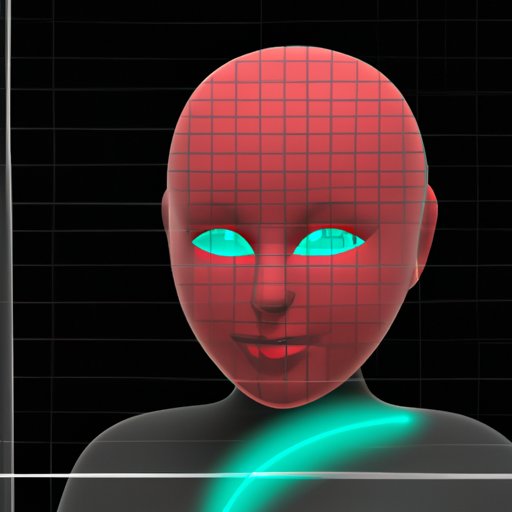
The Ultimate Guide to Editing VRoid Models in Blender
If you’re a fan of creating 3D models, you may have heard of VRoid models. They are virtual models of humans and are often used in gaming, animation, and other visual media projects. But, what if you need to edit the model to make it unique or fit your project’s style? That’s where Blender comes in. Our step-by-step guide will show you how to edit VRoid models in Blender.
Why Edit VRoid Models in Blender?
Blender is an open-source 3D creation software that offers various tools for modifying and creating 3D models. VRoid models may be great for starters who want to create designs quickly, but they may not always fit your specific needs. By editing it in Blender, you can change any part of the model, add clothes, adjust facial features, and more. You can even export the VRoid model after modifying it and use it in other software.
Step-by-Step Guide
To edit your VRoid model in Blender, follow these steps:
Step 1: Import your VRoid model into Blender.
After you open Blender, delete the default cube in Blender by pressing “X” then selecting “Delete.” Go to File > Import > VRM to import your VRoid model.
Step 2: Make modifications to your VRoid model.
Select the mesh and go to “Edit Mode,” where you will be able to select vertices and edges. Blender’s toolset can help adjust vertices to create more creative models, upload custom textures and images, add custom bone structure, modify clothes, and much more.
Step 3: Export your VRoid model.
You can save and export your VRoid model as a .FBX file format to be used in other software.
Video Tutorial
We know that some people prefer visual instruction to written instruction. So, we have included a video tutorial to assist you in learning how to edit VRoid models in Blender. Here’s a beginner friendly tutorial.
Troubleshooting Guide
While editing VRoid models in Blender, some problems might emerge. As a result, here are some common problems and solutions you may encounter:
Problem 1: The model is resetting to its initial state.
Solution: Delete Shape keys and reset pose orientation.
Problem 2: There are missing shapes or textures when you export the model.
Solution: Add the missing shapes or textures then, export again.
Problem 3: The model’s clothes are not moving properly when the character moves.
Solution: Ensure that the clothes are linked well to the main model. In the weight painting, merge all elements to fix this issue.
Best Practices
When editing VRoid models in Blender, it’s essential to follow best practices to ensure that your design comes out well. Here are some tips to assist you:
Tip 1: Save often. You don’t want to lose your work in case of a crash or accidental closing of the software.
Tip 2: Use backup files. Having a backup of your VRoid model can help you quickly revert changes made during the editing process.
Tip 3: Use masking and smoothing tools. They can help refine edges and modify vertices to create a cleaner and polished design.
Tip 4: Be careful not to stretch or distort the model. This is a common problem that can ruin the aesthetics of your VRoid model.
Feature Highlight
Blender offers several features that can help polish your VRoid model and make it shine. Here are some specific features you can use with VRoid models:
Feature 1: Graph Editor. This tool can help create smooth, fluid animations that make your VRoid model stand out.
Feature 2: Armatures. They are skeletal structures that help create the illusion of movement in your VRoid model. You can use them to create custom bone structures that deform the way you want them to.
Feature 3: Shape Keys. They are a way of morphing between different mesh shapes within the same object. This tool will help you create facial expressions and lip-sync animations that will make the VRoid model look more lifelike.
Inspirational
To inspire you to get started with VRoid model editing, here are some fantastic examples of VRoid models that have been expertly edited in Blender. Also, here are some tips you can use for inspiration:
Tip 1: Create a custom shape key that makes your character’s eyes move to the sound ofvoice.
Tip 2: Make clothing that appears to be animated or made up of feathers gently swaying in the wind.
Tip 3: Utilize Blender’s smoke physics to create beautiful, realistic explosions for your VRoid model to interact with.
Conclusion
In conclusion, VRoid models can be an excellent starting point for creating 3D character models quickly. By editing the VRoid model in Blender, you can customize the design and make it perfect for your project. Remember to follow the best practices, troubleshoot issues, and use the various Blender features to create a polished and unique VRoid model.




